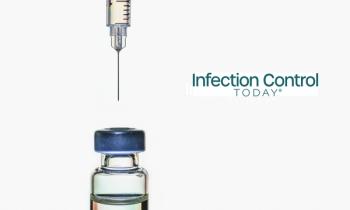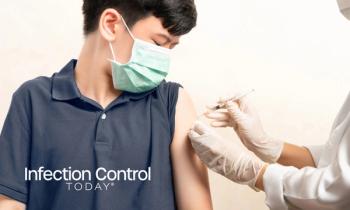
4 Million N95 Masks Can Be Decontaminated a Day, Thanks To FDA Emergency Use Ruling
There are nearly 10,000 STERRAD Sterilization machines in about 6,300 US hospitals, and the reprocessing times vary from 55 minutes, to 28 minutes, and 24 minutes, depending on which particular STERRAD machine is being used.
A second
According to the FDA, ASP’s STERRAD Sterilization Cycles uses vaporized hydrogen peroxide gas plasma sterilization. The system is already in place. There are nearly 10,000 STERRAD Sterilization machines in about 6,300 US hospitals, and the reprocessing times vary from 55 minutes, to 28 minutes, and 24 minutes, depending on which particular STERRAD machine is being used. Each can reprocess about 480 respirators a day.
The EUAs take their cue from research by Duke University
Matthew Stiegel, Ph.D., director of Duke’s occupational and environmental safety office, added: “We had never considered needing it for something like face masks. But we’ve now proven that it works and will begin using the technology immediately in all three Duke Health hospitals.”
It’s been known that hydrogen peroxide can decontaminate N95 masks since 2016, but that was never followed by widespread adaptation, according to Duke officials. The earlier studies did not include fit testing after cleaning, which would determine if the masks worked for different individuals, an important efficacy element. Duke research tested for that.
“The decontamination process requires specialized equipment that vaporizes the hydrogen peroxide, and a closed facility where the masks can be exposed to the vapor,” Duke said in the press release. “No toxic byproducts result, because hydrogen peroxide breaks down to water.”
Newsletter
Stay prepared and protected with Infection Control Today's newsletter, delivering essential updates, best practices, and expert insights for infection preventionists.






